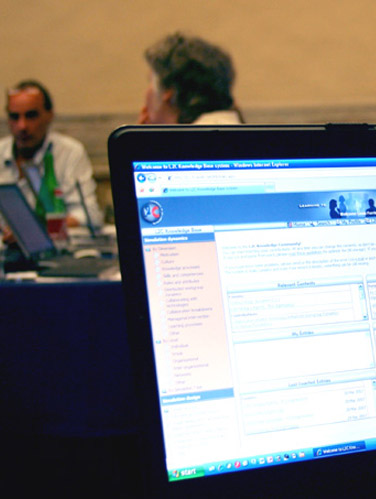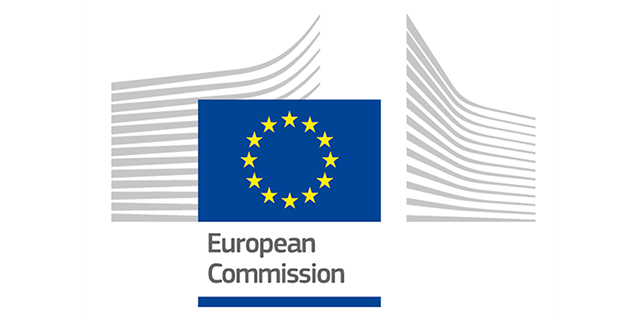Learning to Collaborate
Effective collaboration dynamics are at the core of learning, knowledge exchange and innovation processes. Nevertheless, in todays global environment, a large number of collaboration initiatives fail to deliver the value expected, as complexity is enhanced by the diversity and the distributed nature of the people, groups, and knowledge sources and by the knowledge integration processes involved.
In this context, the effective development of collaboration dynamics is not something happening inside organisations but rather at the intersection of organisations with individuals, group interactions and network dynamics (e. g. influence networks affecting the diffusion of attitudes in a group), and organisational contexts and dynamics (e. g. specific cultures reflecting a given industry) within which they operate.
Out of that perspective has emerged the need for new types of effective technology-enhanced approaches to experiential learning: simulation- and game-based learning experiences based on dynamic models of human behaviour in different contexts, in which learners are given realistic ‘missions’ requiring them to collaborate with other learners or come in touch with and influence the behaviour of simulated characters.
This focus was at the core of the research and development work undertaken in the L2C project which aimed at specifically addressing and significantly advancing the state of the art (both theory and practice) in two relevant areas:
- Technology-enhanced learning of collaboration dynamics and competencies development;
- Design of advanced simulations based on models of human behavior in different organisational contexts.

L2C has been coordinated by INSEAD’s Centre for Advanced Learning Technologies (CALT), in collaboration with academic and industrial partners whose names include large corporations such as Isvor Fiat or UniCredit.
FVA is the Italian partner of the L2C project
For more details visit the IST project page

Funded by the European Commission (IST- 6° Framework – 027288)
